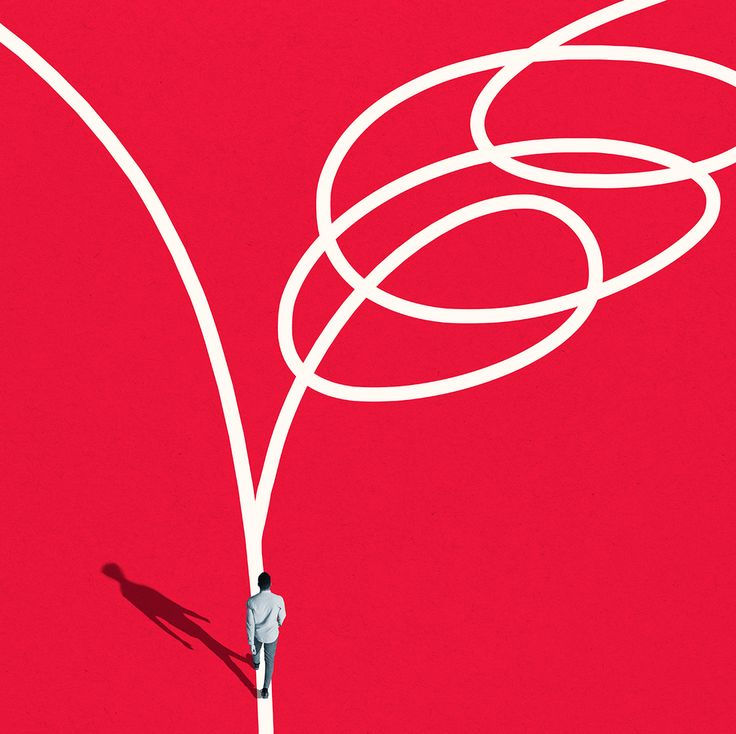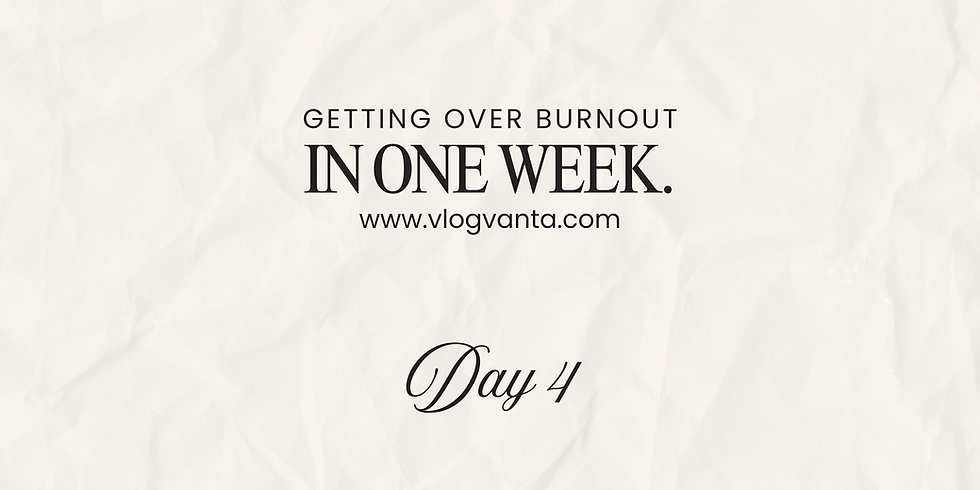Getting Over Burnout In a Week (And Still Getting Work Done): A Student Guide
- Yuviana Sachar
- May 17
- 3 min read
Updated: Jun 13
It’s only been a month and a half of school, and I already feel burnt-out. I went in with high hopes (as everyone does) to make 2025 my year but unfortunately, its not shaping up to what I wanted it to be.
The process of getting burnt out is different for everyone but the end result is always the same: mental fog, low quality of work and a ruined sense of self esteem. “High achievers” and perfectionists tend to work through burn out only making it worse. And that is what I did. I worked and I worked till I mentally broke down.
Yet, the commitments never end and there is no time for a break (for me this comes from a intense fear of falling behind). And when you’re in an environment where you have absolutely no control on the amount of work you do (especially in a Indian school setting where you are constantly told you do not have a choice; you must do everything) and everything is somehow a ‘top’ priority, you have to find ways to keep yourself sane.
So, to battle this I have created a 1 week getting over burnout challenge (for students) backed by science, to keep getting work done and NOT burnout. FREE PDF PRINTABLE AT THE END.
(Suggested read: Penis Envy and Other Bad Feelings : The Emotional Costs of Everyday Life by Mari Ruti)
Day 1: Label the emotion

Labelling emotions reduces amygdala activity (Lieberman et al., 2007). Self-awareness is the first intervention.
Do a 10-minute brain dump. Write everything you’re thinking, feeling, and doing that feels overwhelming.
Label your burnout type (based on Christina Maslach’s Burnout Inventory):
Exhaustion
Cynicism (feeling disconnected/detached)
Inefficacy (feeling useless, like nothing’s working)
Rate your burnout (0-10) for each.
This can be done at any time of the day, so if youre on a self improvement kick at 3 am, you can do this right now. Put pen to paper and not your fingers to the keyboard to ensure better analysis of your own feelings!
Day 2: Nervous System Reset

Science behind it: Chronic stress dysregulates the autonomic nervous system. Regulating the vagus nerve helps rebalance (Porges, 2011).
Do 3 rounds of box breathing: inhale 4s, hold 4s, exhale 4s, hold 4s. Repeat x3 (use timer).
Cold exposure: Splash cold water on your face or end your shower with 30s cold water. This stimulates the vagus nerve.
Movement: 20+ minutes of any non-intense movement (walking, dance, yoga). Physical activity regulates cortisol.
Evening reflection: Did you feel calmer today? Or did restlessness come up?
Day 3: Fix Decision Fatigue

Science behind it: Your prefrontal cortex (which handles decisions) tires quickly under cognitive overload (Baumeister et al., 1998).
Tasks:
Simplify your day: Pre-plan 3 key things. No more. Focus only on those.
Pick one “low-stakes” decision (like clothes or meals) to automate for the next 3 days.
Say “no” to at least one non-essential task or obligation.
Evening reflection: Did having fewer decisions help you feel less scattered?
Day 4: Reclaim Joy and Autonomy

Science behind it: Burnout is tied to lack of control and pleasure. Reintroducing choice and novelty restores dopamine function (Deci & Ryan, 2000).
Tasks:
Do one thing you genuinely enjoy for at least 20 mins
Choose one school-related task and do it your way (change environment, method, time).
Write down: What would school/my work look like if I had full control?
Evening reflection: How did autonomy affect your energy or motivation today?
Day 5: Getting over Performance Fear
Science behind it: Constant social comparison triggers stress and shame (Festinger’s Social Comparison Theory).
Tasks:
Social media detox for 12-24 hours.
Journal: “Who am I trying to impress? Why? What do I fear will happen if I stop?”
Replace 30 minutes of scrolling with intentional silence or reading.
Evening reflection: Did you feel more yourself without comparison noise?
Day 6: Mind Body Connection

Science behind it: Mindfulness and body awareness reduce cortisol and increase gray matter in brain regions tied to focus and calm (Holzel et al., 2011).
Tasks:
Do a body scan meditation (find one on YouTube or Medito App
Journal again, tell your mind what the body is feeling and what it is lacking.
Drink 2 liters of water today—physical burnout often hides as dehydration.
Evening reflection: How does your body feel—not look or perform—today?
Day 7: Rebuild a Healthier Productivity System
Science behind it: Sustainable motivation comes from intrinsic goals, not pressure (Self-Determination Theory).
Tasks:
Redesign your productivity method. Try “minimum viable routine”:
1 academic task
1 personal task
1 rest task
Decide 3 non-negotiables for balance going forward (like 8hrs sleep, no multitasking, one rest day/week).
Write a burnout recovery pledge of sorts; "I'm not a robot,"
Evening reflection: What kind of person do I want to be, even under pressure?
I'll be updating the plan along the way with personal experiences and anything else I find along the way.
With love,
Vanta <3



Comments